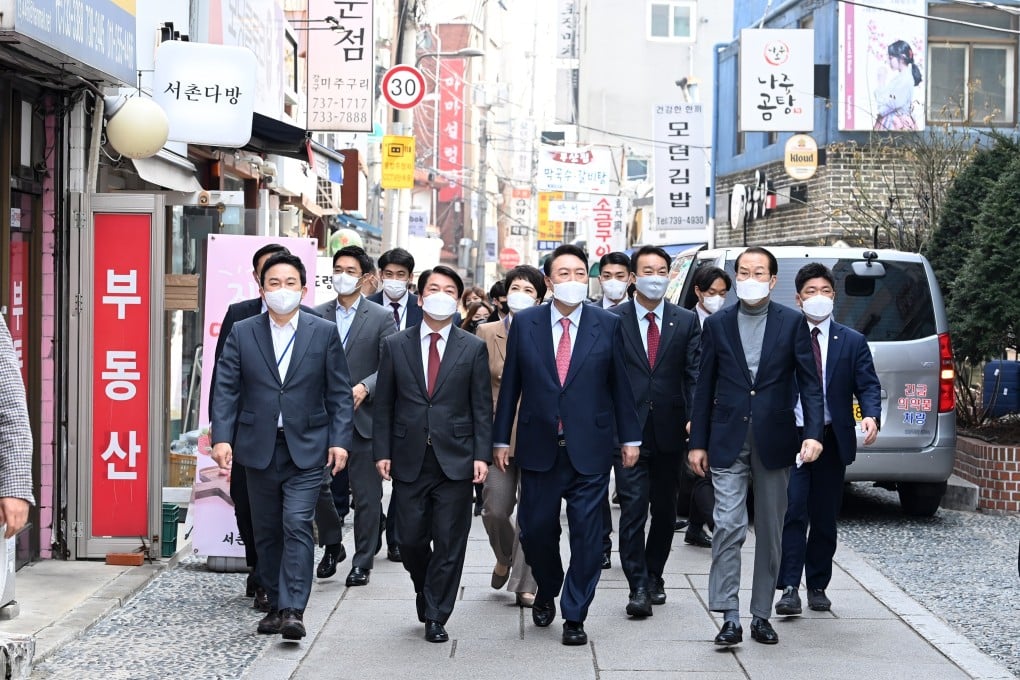Bad feng shui? South Korean president-elect Yoon Suk-yeol seeks move away from Blue House
- Yoon’s team say his presidential office needs to be located somewhere more easily accessible, but their chosen site is an off-limits defence ministry compound
- Opponents call the plan to move away from the presidential Blue House ‘hasty and absurd’, and say it is motivated more by feng shui considerations

His transition team has said the presidential office needs to be moved for “better communication with the public”, emphasising that there is “zero possibility” of Yoon making use of the current one at the Blue House site.
The official rationale behind the proposed move is that the Blue House compound – which is more than twice the size of the US White House complex – is too closed off from the public and evokes an emperor’s palace on a hill instead of a democratically elected president’s workplace.
Yet its location has been linked by practitioners of feng shui – the traditional Chinese practice of orienting structures and the layout of living spaces to create perceived balance with the natural world by directing energy flow – to the misfortunes that have befallen some of its previous occupants.

A troubled history
The Blue House is located on the same site that housed the head of the colonial government of imperial Japan, which occupied the Korean peninsula from 1910-1945. Previously, the area had been used for training guards of the Choson dynasty’s (1392-1910) royal court and burying the kings’ concubines.